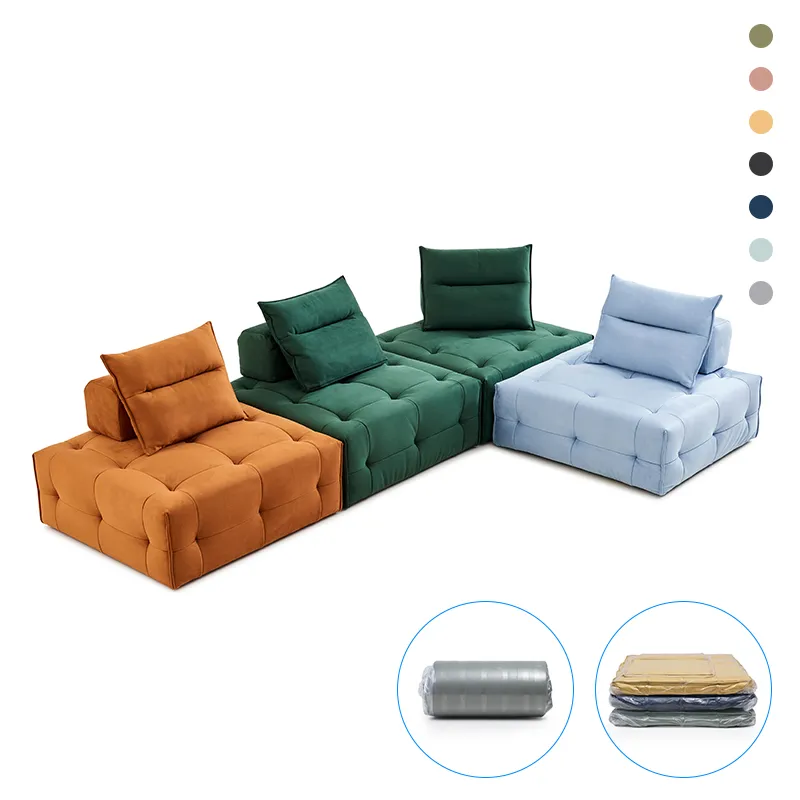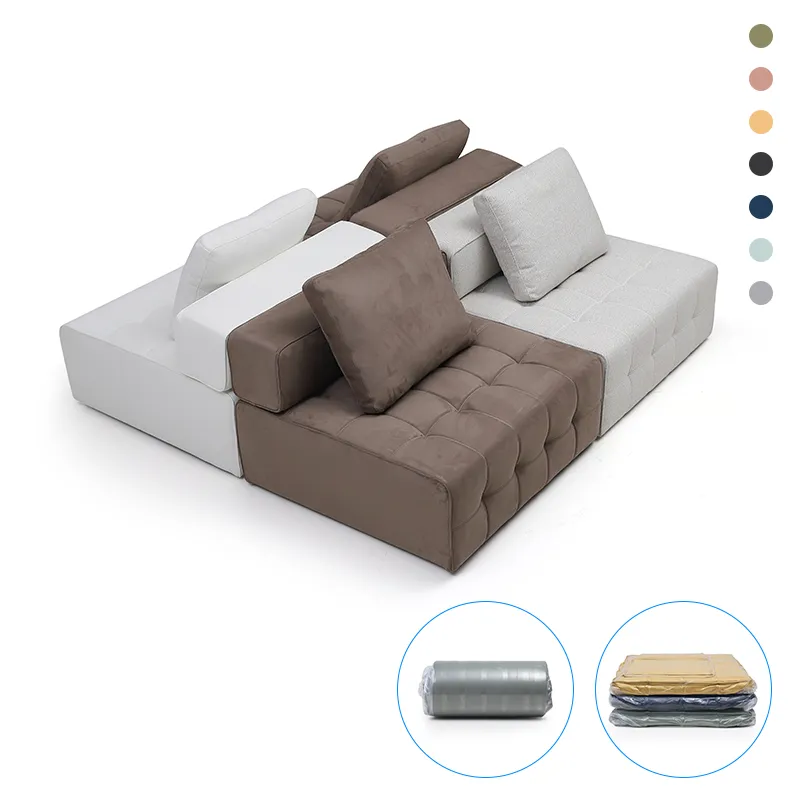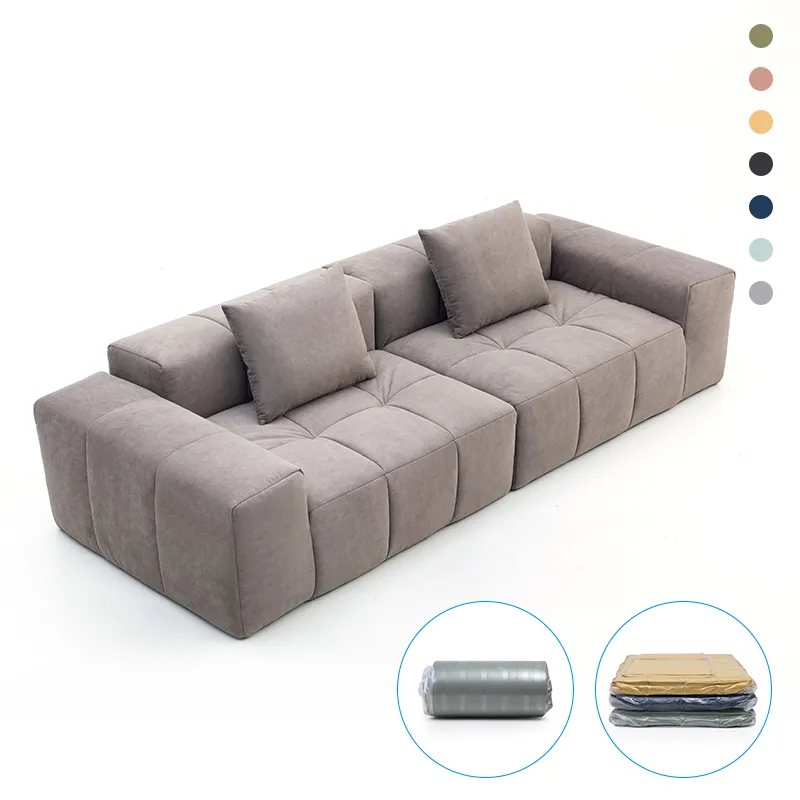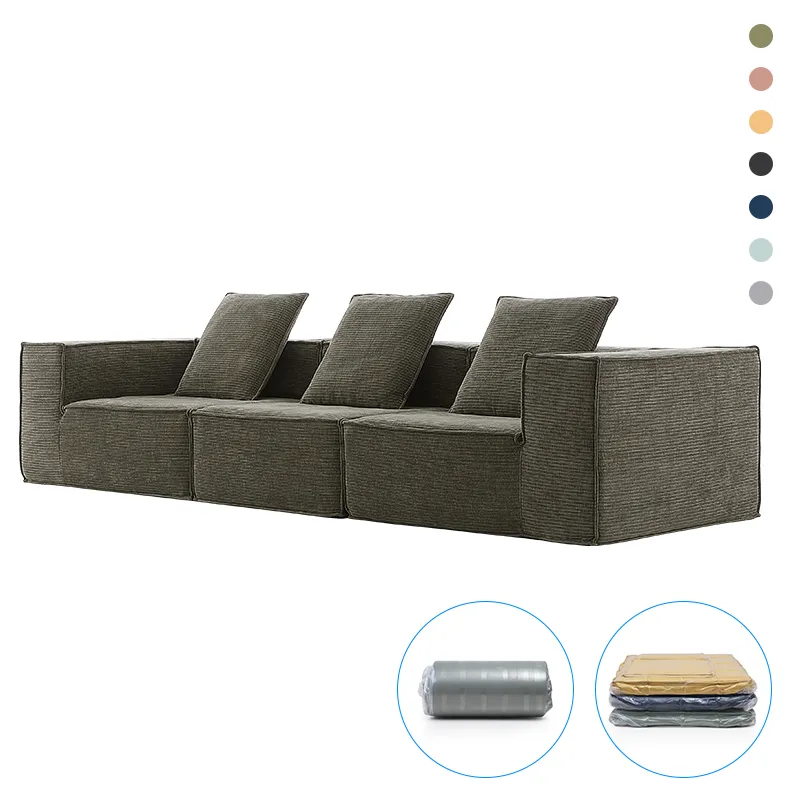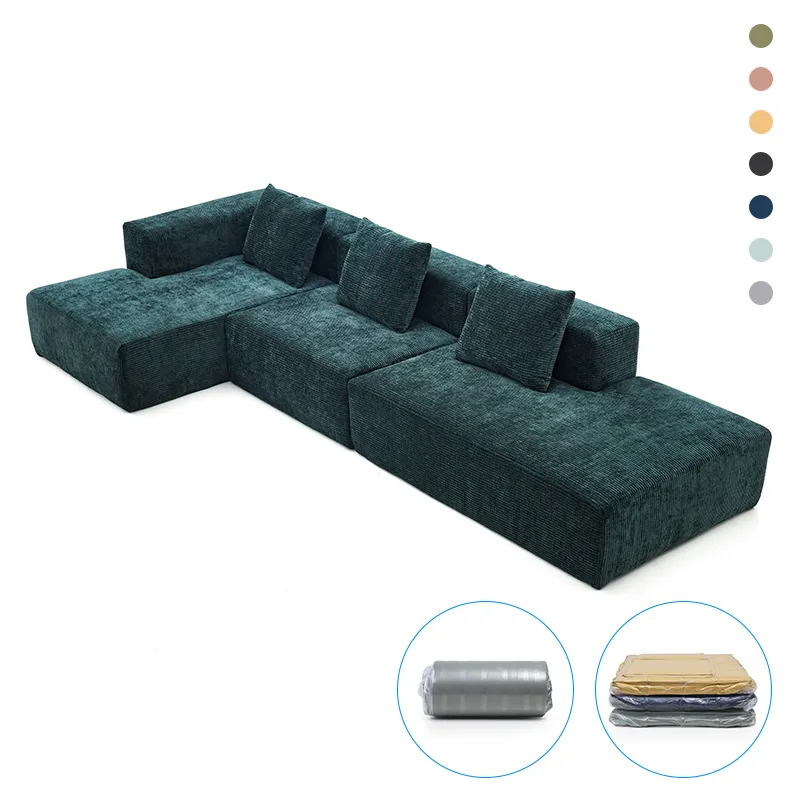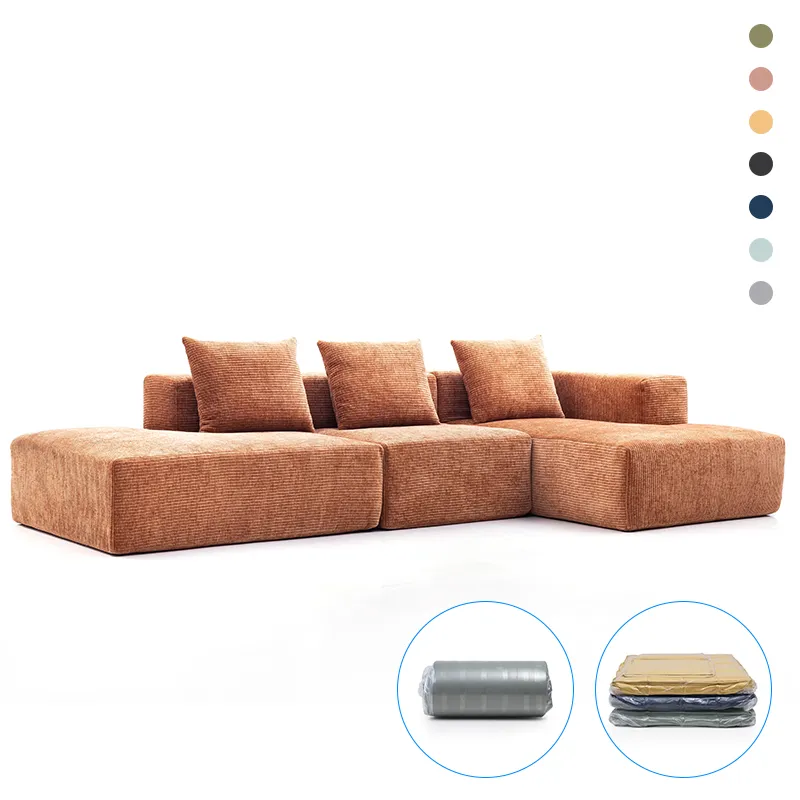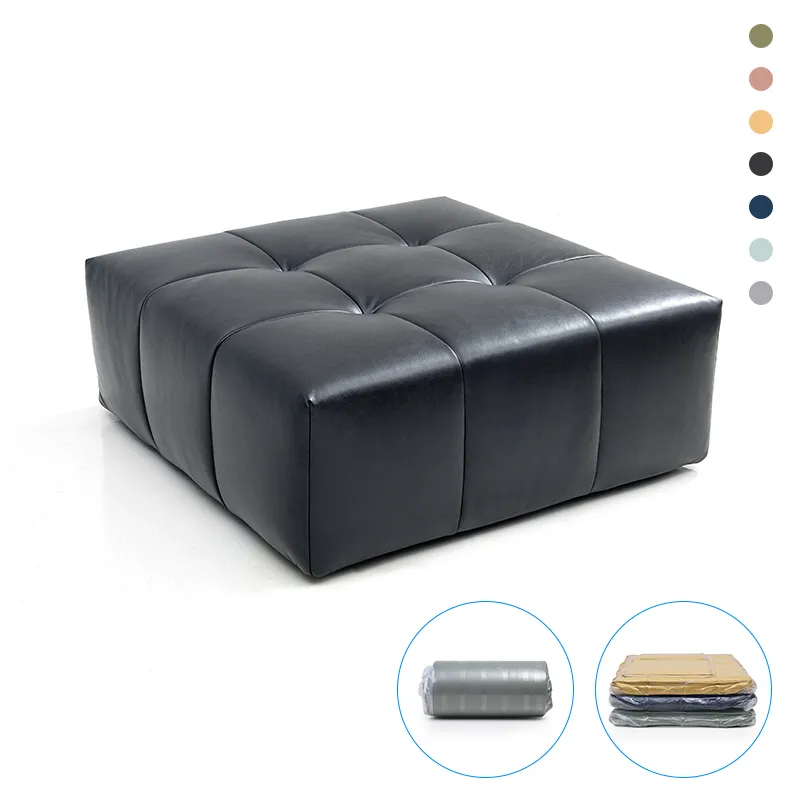The Rise Of Ergonomic Office Chairs: Revolutionizing Workplace Comfort And Productivity
In today's fast-paced and technology-driven work environments, the importance of ergonomic office furniture, particularly chairs, has become increasingly recognized. As more individuals spend extended hours sitting at their desks, the need for comfortable and supportive seating has never been more crucial. The market for ergonomic office chairs has seen a significant surge, with manufacturers continuously innovating to meet the evolving needs of modern professionals. Let's delve into the latest trends and advancements in ergonomic office chairs that are reshaping the way we work.
- Customizable Support and Adjustability:
One of the key features of modern ergonomic office chairs is their customizable support and adjustability. These chairs are designed to accommodate a wide range of body types and preferences, allowing users to personalize their seating experience. Adjustable lumbar support, seat depth, armrest height, and recline tension are just a few of the customizable features that enable individuals to find their ideal sitting position. By providing tailored support, ergonomic chairs help to alleviate discomfort and reduce the risk of musculoskeletal issues associated with prolonged sitting.
- Breathable and Sustainable Materials:
Another notable trend in ergonomic office chairs is the use of breathable and sustainable materials. Manufacturers are increasingly incorporating mesh backrests and seat cushions made from eco-friendly materials to enhance airflow and comfort. These materials not only contribute to a more pleasant sitting experience by preventing heat buildup but also align with the growing emphasis on sustainability in the workplace. By prioritizing breathability and eco-conscious design, ergonomic chairs are evolving to meet the demands of a more environmentally conscious workforce.
- Integrated Technology and Connectivity:
With the integration of technology into the workplace, ergonomic office chairs are also adapting to accommodate the needs of modern professionals. Some of the latest models feature built-in connectivity options, such as USB charging ports and wireless charging pads, allowing users to stay powered and connected while seated. Additionally, ergonomic chairs with integrated sensors and smart adjustment capabilities are emerging, enabling automatic posture monitoring and personalized sitting recommendations. By embracing technology, these chairs aim to enhance user comfort and productivity in an increasingly digital work environment.
In conclusion, the evolution of ergonomic office chairs reflects a growing awareness of the impact of workplace ergonomics on employee well-being and performance. As the demand for comfortable and supportive seating continues to rise, the latest trends in ergonomic chairs emphasize customization, sustainability, and technological integration. By prioritizing user comfort and health, these chairs are reshaping the modern workplace, promoting a more productive and ergonomic sitting experience for professionals across various industries.
share:
-
Multi Colored Modular SofasNewsJul.07,2025
-
Enhance Seating Experience with Chair AccessoriesNewsJul.07,2025
-
Enhance Four Legged Chairs with WheelsNewsJul.07,2025
-
Elevate Your Workspace with Luxurious Boss ChairsNewsJul.07,2025
-
Discover Comfort of Compression SofaNewsJul.07,2025
-
Training Chairs Aim To Provide A Fully Functional And Flexible Workspace For Various Training, Educational, Or Collaborative ActivitiesNewsJun.06,2025
-
The Big Boss Office Chair Aims To Provide Comfort And Support For Individuals In Management Or Leadership PositionsNewsJun.06,2025


